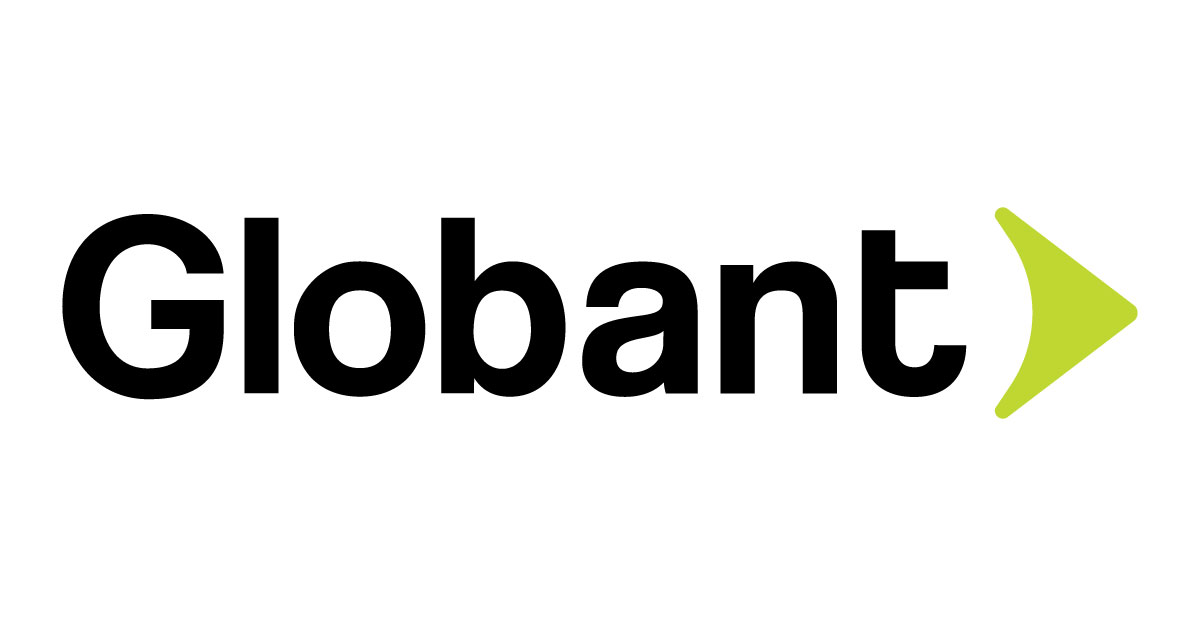The AI Surge: Navigating the Landscape of Generative Intelligence in 2025
June 20, 2025, 9:38 pm
The world of artificial intelligence is evolving at breakneck speed. As we stand on the brink of 2025, organizations are not just dipping their toes into AI; they are diving headfirst into a sea of possibilities. The latest surveys reveal a landscape where generative AI is not just a buzzword but a transformative force reshaping industries.
In a recent survey by LXT, a leading provider of AI data solutions, it was found that over 75% of organizations have operationalized traditional AI. This is a significant leap from just a few years ago when many were merely experimenting. The numbers tell a compelling story: traditional AI adoption has surged from 40% to 83% in just four years. Meanwhile, generative AI is racing ahead, with 75% of organizations utilizing it at operational or systemic levels. The landscape is shifting, and those who adapt will thrive.
Investment in AI is a key driver of this transformation. Organizations are opening their wallets wider than ever. Half of the surveyed companies are investing between $1 million and $50 million in AI initiatives. However, the real eye-opener is the doubling of companies investing between $50 million and $500 million. The appetite for AI is insatiable, with a seven-fold increase in organizations pouring over $500 million into AI. This is not just a trend; it’s a tidal wave.
But what fuels this surge? High-quality data is the lifeblood of AI. A staggering 94% of organizations expect their need for training data to rise. As AI matures, so does the demand for domain-specific expertise. Companies are not just looking for data; they are seeking gold-standard data that can power their AI engines. The race for quality data is on, and those who secure it will hold the keys to success.
Kong Inc., a prominent player in cloud API technologies, echoes this sentiment. Their recent report reveals that 72% of enterprises plan to ramp up spending on generative AI in 2025. Nearly 40% of respondents anticipate investments exceeding $250,000 this year. The momentum is palpable. Organizations are recognizing that AI is not just a tool; it’s a competitive advantage.
The rise of large language models (LLMs) is a significant part of this narrative. In 2024, OpenAI’s models were the most widely used, but 2025 has seen a dramatic shift. Google’s models have surged in popularity, with 69% of respondents reporting usage in the last 90 days. This shift underscores the dynamic nature of AI technologies. Companies are not just adopting AI; they are choosing their partners wisely.
However, the road to AI adoption is not without its challenges. Data privacy and security concerns loom large, with 44% of enterprises citing them as significant barriers. The cost of deploying LLMs also weighs heavily on budgets, with 24% of respondents flagging it as a top concern. Integrating AI into existing systems presents another hurdle, highlighting the technical complexities of embedding AI into legacy architectures.
Despite these challenges, the sentiment among developers is shifting. Many view generative AI as a catalyst for productivity and innovation. Companies are leveraging AI to automate repetitive tasks, enhance decision-making, and accelerate content creation. The potential is vast, and organizations are eager to harness it.
The findings from both LXT and Kong Inc. paint a vivid picture of the AI landscape in 2025. Organizations are no longer passive observers; they are active participants in the AI revolution. The shift from experimentation to operationalization is profound. Companies are not just adopting AI; they are embedding it into their DNA.
As we look ahead, the importance of a robust AI infrastructure cannot be overstated. Organizations must build secure, scalable foundations to capitalize on the opportunities presented by generative AI. The future belongs to those who can navigate the complexities of AI adoption while ensuring compliance and security.
In conclusion, the AI landscape in 2025 is marked by rapid advancements and significant investments. Generative AI is no longer a distant dream; it is a reality reshaping industries. Organizations that embrace this change will find themselves at the forefront of innovation. The race is on, and the winners will be those who harness the power of AI to drive their businesses forward. The future is bright, but only for those ready to seize the moment.
In a recent survey by LXT, a leading provider of AI data solutions, it was found that over 75% of organizations have operationalized traditional AI. This is a significant leap from just a few years ago when many were merely experimenting. The numbers tell a compelling story: traditional AI adoption has surged from 40% to 83% in just four years. Meanwhile, generative AI is racing ahead, with 75% of organizations utilizing it at operational or systemic levels. The landscape is shifting, and those who adapt will thrive.
Investment in AI is a key driver of this transformation. Organizations are opening their wallets wider than ever. Half of the surveyed companies are investing between $1 million and $50 million in AI initiatives. However, the real eye-opener is the doubling of companies investing between $50 million and $500 million. The appetite for AI is insatiable, with a seven-fold increase in organizations pouring over $500 million into AI. This is not just a trend; it’s a tidal wave.
But what fuels this surge? High-quality data is the lifeblood of AI. A staggering 94% of organizations expect their need for training data to rise. As AI matures, so does the demand for domain-specific expertise. Companies are not just looking for data; they are seeking gold-standard data that can power their AI engines. The race for quality data is on, and those who secure it will hold the keys to success.
Kong Inc., a prominent player in cloud API technologies, echoes this sentiment. Their recent report reveals that 72% of enterprises plan to ramp up spending on generative AI in 2025. Nearly 40% of respondents anticipate investments exceeding $250,000 this year. The momentum is palpable. Organizations are recognizing that AI is not just a tool; it’s a competitive advantage.
The rise of large language models (LLMs) is a significant part of this narrative. In 2024, OpenAI’s models were the most widely used, but 2025 has seen a dramatic shift. Google’s models have surged in popularity, with 69% of respondents reporting usage in the last 90 days. This shift underscores the dynamic nature of AI technologies. Companies are not just adopting AI; they are choosing their partners wisely.
However, the road to AI adoption is not without its challenges. Data privacy and security concerns loom large, with 44% of enterprises citing them as significant barriers. The cost of deploying LLMs also weighs heavily on budgets, with 24% of respondents flagging it as a top concern. Integrating AI into existing systems presents another hurdle, highlighting the technical complexities of embedding AI into legacy architectures.
Despite these challenges, the sentiment among developers is shifting. Many view generative AI as a catalyst for productivity and innovation. Companies are leveraging AI to automate repetitive tasks, enhance decision-making, and accelerate content creation. The potential is vast, and organizations are eager to harness it.
The findings from both LXT and Kong Inc. paint a vivid picture of the AI landscape in 2025. Organizations are no longer passive observers; they are active participants in the AI revolution. The shift from experimentation to operationalization is profound. Companies are not just adopting AI; they are embedding it into their DNA.
As we look ahead, the importance of a robust AI infrastructure cannot be overstated. Organizations must build secure, scalable foundations to capitalize on the opportunities presented by generative AI. The future belongs to those who can navigate the complexities of AI adoption while ensuring compliance and security.
In conclusion, the AI landscape in 2025 is marked by rapid advancements and significant investments. Generative AI is no longer a distant dream; it is a reality reshaping industries. Organizations that embrace this change will find themselves at the forefront of innovation. The race is on, and the winners will be those who harness the power of AI to drive their businesses forward. The future is bright, but only for those ready to seize the moment.

